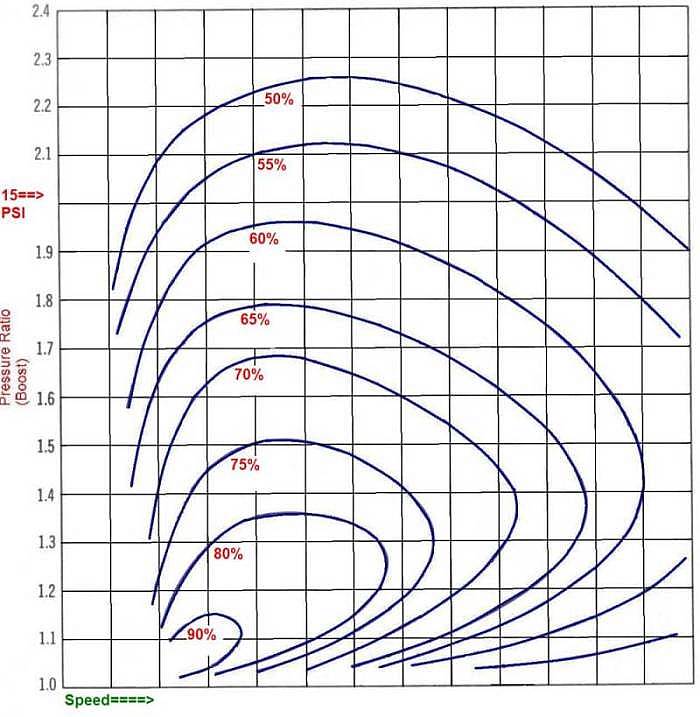**There are updated results in Post #94, 12/4/19**
Hi folks, I've been reading about the Polestar optimization and I've thought it is kind of sad it only provides a few extra HP and torque...although shifting and other things are also improved...while keeping factory warranty. Because of that...and because I most recently come from a BMW with lots of possibilities for performance upgrades...I decided to try Race Chip in my car. Now, their website only lists the chip for the S90 and XC90 T6 engine, but considering it is the same engine across these platforms I took my risks and ordered it anyway.
I installed this chip in my vehicle and the results are....GREAT! It is now a vehicle with more character...the one most people (including me) think it lacks! Installation is pretty simple, I was done within 20 minutes...once I located the connectors. Put it in the most aggressive map (in theory over 70HP!). I cannot confirm it is 70HP stronger, but my butt dyno says it is a very noticeable improvement. I'm planning on a real dyno test within a few weeks, so I'll post the updates.
I am also building my own cold air induction (CAI), and plan on testing it under the dyno as well to have prove (to me) whether it works or not, as CAIs are always motive for controversy where some people say they don't do anything and others (like me) say they do.
Shifting under full power and load gets even stranger now because it seems like it hits the RPM limiter in the first 4 gears! So, for now I am manually shifting around 6200 RPMs. I do wonder if now Polestar optimization will fix this...it might be more worth the cost now.
Before anyone suggests anything weird, I have no affiliation or receive any compensation from Race Chip...I am just an automobile enthusiast. In the past I've owned a Corvette, AMG E55, Chevy Impala (500 HP) and others...I just like improving my car's HP and efficiency (hard to believe the latter but it is true). I also just wanted to share the info because, from what I've read thus far, there are other enthusiasts like me in this board.
Hi folks, I've been reading about the Polestar optimization and I've thought it is kind of sad it only provides a few extra HP and torque...although shifting and other things are also improved...while keeping factory warranty. Because of that...and because I most recently come from a BMW with lots of possibilities for performance upgrades...I decided to try Race Chip in my car. Now, their website only lists the chip for the S90 and XC90 T6 engine, but considering it is the same engine across these platforms I took my risks and ordered it anyway.
I installed this chip in my vehicle and the results are....GREAT! It is now a vehicle with more character...the one most people (including me) think it lacks! Installation is pretty simple, I was done within 20 minutes...once I located the connectors. Put it in the most aggressive map (in theory over 70HP!). I cannot confirm it is 70HP stronger, but my butt dyno says it is a very noticeable improvement. I'm planning on a real dyno test within a few weeks, so I'll post the updates.
I am also building my own cold air induction (CAI), and plan on testing it under the dyno as well to have prove (to me) whether it works or not, as CAIs are always motive for controversy where some people say they don't do anything and others (like me) say they do.
Shifting under full power and load gets even stranger now because it seems like it hits the RPM limiter in the first 4 gears! So, for now I am manually shifting around 6200 RPMs. I do wonder if now Polestar optimization will fix this...it might be more worth the cost now.
Before anyone suggests anything weird, I have no affiliation or receive any compensation from Race Chip...I am just an automobile enthusiast. In the past I've owned a Corvette, AMG E55, Chevy Impala (500 HP) and others...I just like improving my car's HP and efficiency (hard to believe the latter but it is true). I also just wanted to share the info because, from what I've read thus far, there are other enthusiasts like me in this board.






